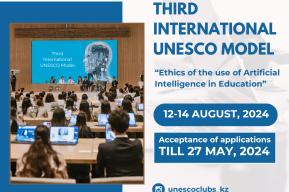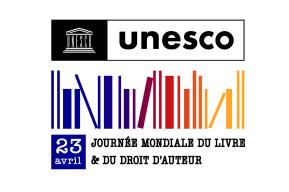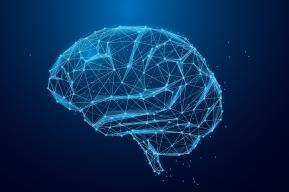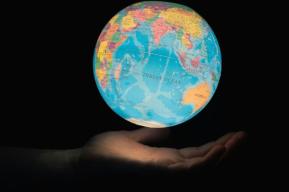Article
Harnessing the Power of Artificial Intelligence for Women Around the World

Today, digital technologies such as artificial intelligence (AI) are transforming labor markets around the world and creating both challenges and opportunities for the working lives of women.
Following the workforce lifecycle from recruitment to reskilling, a 2022 joint report by UNESCO, The Inter-American Development Bank (IDB) and The Organisation for Economic Co-operation and Development (OECD) sheds light on how AI is used around the world to promote gender equality in the workplace.
What are inspiring, concrete practices promoting gender equality in the workplace?
Recruitment
Promoting women’s digital and STEM skills
Even before women enter the workplace, there are initiatives on all continents that help women to reskill for the future of work through training and resources. For instance, as part of the UN EQUALS Global Partnership for gender equality in the digital age, Laboratoria is a Latin American non-profit organization focused on training young women from vulnerable backgrounds as programmers and experts in web development to promote their employment in the digital sector.
Laboratoria trained 1,849 women since it began more than six years ago. In 2020, more than 7,490 women applied to the bootcamp, with an acceptance rate of 6.9%. In 2020, 407 women graduated as web programmers, or front-end or UX designers, 81% of whom started working in this field in the first six months after graduation.
Within the workforce
Tackling workplace harrassment
Women face harassment in online environments. Too often, this harassment either takes place in relation to women’s workplaces or impacts their jobs. In 2020, a UNESCO and International Center for Journalists (ICFJ) survey of over 900 journalists and media workers in 125 countries found that 73% of women surveyed said they experienced online violence, including physical (25%) and sexual (18%) threats. And 20% of women respondents said they were attacked or abused offline in connection with online violence they had experienced.
UNESCO partners with companies and researchers to work towards solutions. Together with UNESCO, in 2021, the Brazilian bank Bradesco launched BIA (Brasdesco Inteligencia Artificial) Against Harassment, a chat bot to help clients visiting the bank’s website. This project included changing BIA’s responses to react more directly and firmly against harassment, following recommendations set out in UNESCO’s 2019 report I’d Blush If I Could. Bradesco’s internal and external campaign consisted of a video and a series of webinars involving nine departments of the bank in addition to several external partners. The results reflect the legitimacy of that effort, with more than 1.5 million clicks and 115 million people reached.
Reskilling
Strengthening market opportunities for women in African agriculture
Women account for 50% of the workforce in agriculture in most eastern and southern African countries. Despite these high participation rates, significant gender inequalities in agriculture remain, including productivity and compensation.
To strengthen participation of women in the labour market, UN Women developed a platform called “Buy from Women” to connect women farmers to information, financing and markets using an open-source, end-to-end, cloud-based and mobile-enabled supply chain system. The platform helps small farmers connect to agricultural supply chains, providing them with information on market prices and includes support for women on gender equality issues and provides new business opportunities.
While AI presents opportunities for gender equality in the workplace, there are also key challenges arising out of the gendered effects of AI that must be addressed. These include reskilling and upskilling women workers, encouraging women in STEM, accounting for contextual and cultural complexity, leveraging multi-stakeholder approaches, resisting gender stereotypes and continuing applied research.
As the use and development of AI continues to mature, it is important to consider if the technology is being harnessed to narrow these gender gaps or widen them. UNESCO is working on raising awareness of the disruptions caused by using AI in the workforce from a gender perspective.
To learn more on how to address AI gender equality challenges and seize opportunities, read the Report: https://unesdoc.unesco.org/ark:/48223/pf0000380861








